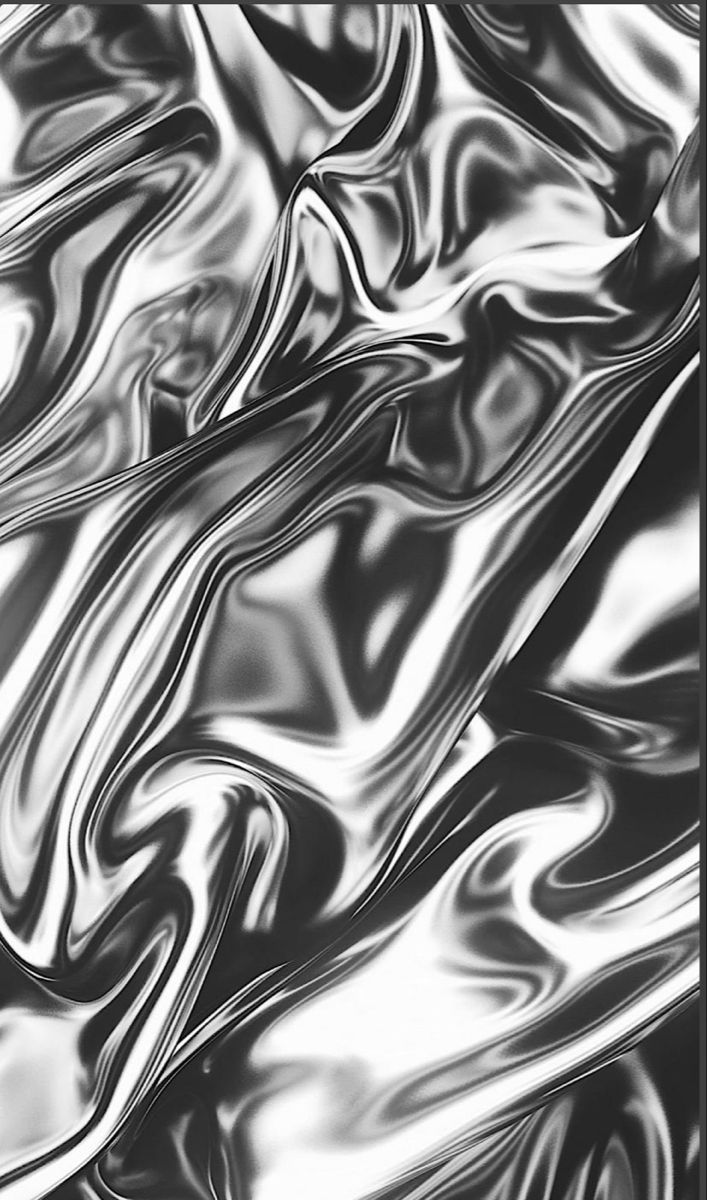Futuristic Aesthetics: The Role of a Grey Color Palette in Technology Design
In the ever-evolving world of technology, design plays a pivotal role in shaping user experiences and perceptions. As we sail into the future, the aesthetics of technology design have become increasingly important, with color schemes serving as a crucial element in conveying functionality, emotion, and brand identity. Among the myriad of colors available to designers, grey stands out for its understated elegance and its ability to evoke a sense of the future. This article explores the significance of the grey color palette in technology design, highlighting its implications for user experience, emotional response, and the broader cultural association with the future.
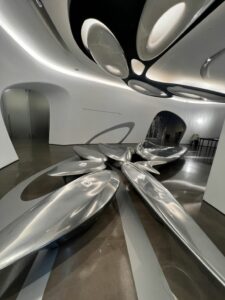

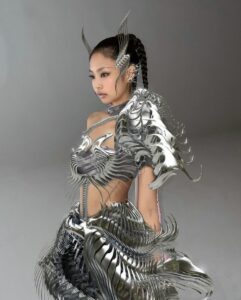
The Essence of Grey in Technology
Grey, a color that resides on the spectrum between black and white, is often associated with neutrality, balance, and sophistication. In technology design, grey encompasses a wide range of shades, from light silver to deep charcoal, offering designers a versatile palette to work with. This color’s neutrality makes it an ideal backdrop for highlighting more vibrant colors or for conveying a sense of advanced technology and high performance.
Conveying Functionality and Elegance
One of the primary roles of the grey color palette in technology design is its ability to convey functionality and elegance. Grey tones are often used in the design of consumer electronics, such as smartphones, laptops, and wearables, to suggest sleekness and advanced features. The color’s association with metals like silver and aluminum lends a futuristic look that aligns with consumers’ expectations for innovative and cutting-edge products.

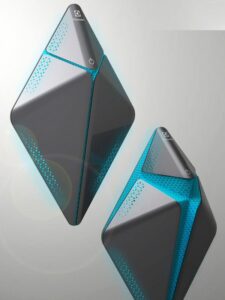

Moreover, grey’s versatility allows it to complement a wide range of materials, from matte finishes to metallic textures, enhancing the tactile experience of the device. This adaptability not only accentuates the product’s aesthetic appeal but also its perceived value and quality.
Evoking Emotional Response
The color grey also plays a significant role in evoking emotional responses from users. Unlike more vibrant colors that might evoke strong emotions, grey’s neutrality offers a calm and stable visual experience. This can be particularly beneficial in user interfaces (UI) and software design, where a clutter-free and straightforward layout is crucial for usability.

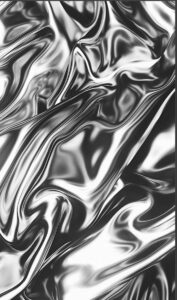

By employing various shades of grey, designers can create a hierarchy of information, guiding users’ attention to important elements without overwhelming them. This subtlety in design helps reduce cognitive load, making technological interfaces more intuitive and accessible.
Symbolizing the Future
Culturally, grey is often associated with the future, symbolizing the blending of the digital and physical worlds. In science fiction and futuristic art, grey tones are frequently used to depict advanced technology, urban environments, and space exploration. This cultural association strengthens the role of grey in technology design, positioning products that utilize this color scheme as forward-thinking and innovative.
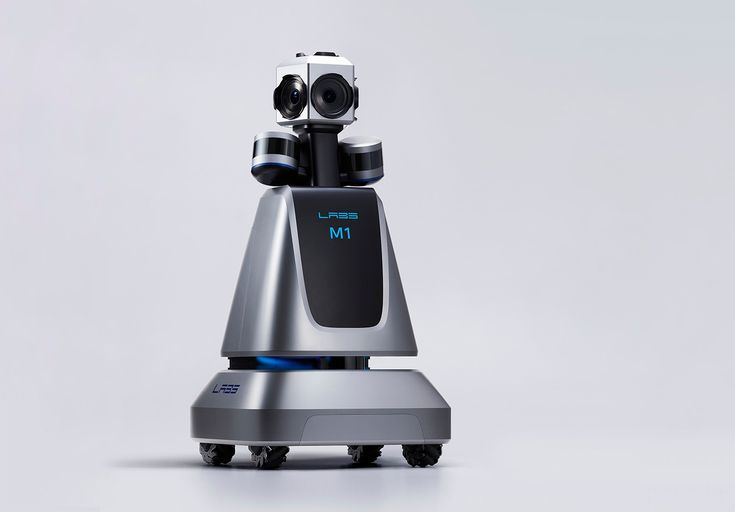
In branding and product development, adopting a grey color palette can communicate a company’s commitment to innovation and its forward-looking vision. It reflects a brand ethos that values progress, reliability, and sophistication.
Challenges and Considerations
While the benefits of using a grey color palette in technology design are manifold, there are challenges and considerations to bear in mind. Designers must carefully balance different shades of grey to avoid creating a bland or monotonous aesthetic. Accents of color, texture variations, and material choices can help overcome these challenges, adding depth and interest to the design.
Additionally, the psychological impact of color on different user demographics and cultural contexts should be considered. What evokes a sense of sophistication and futurism in one culture may not resonate in the same way elsewhere. Hence, a nuanced approach to color selection is essential.


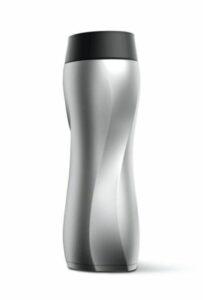
Conclusion
The grey color palette plays a crucial role in the aesthetics of technology design, offering elegance, functionality, and a nod to the future. Its versatility and neutrality make it a powerful tool for designers to create products that are not only visually appealing but also emotionally resonant and culturally relevant. As technology continues to evolve, the exploration of color and its implications for design will remain a central theme, with grey leading the way into the future.
What is Ecru Color and How to Use it in Your Designs
Different Shades of Bronze Color
Incorporating Terracotta in Your Home Decor: A Comprehensive Guide

